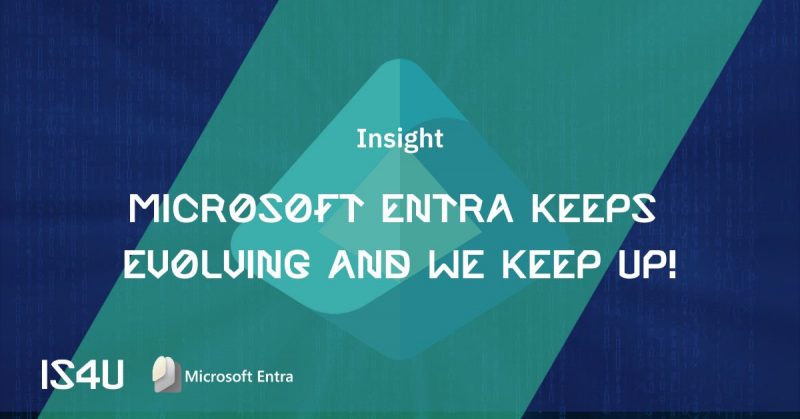In our last blogpost, we talked about why Vendor Privileged Access Management is necessary for businesses to secure and protect their privileged accounts. If you’re not convinced yet, you might be after reading this one. We’ll dig deeper into the core capabilities of VPAM and how they could be a solution to your problems.
No standardized process for vendor access
Protecting third-party accounts is challenging because most companies lack standardized processes for vendor access. Identities are often created informally and quickly, through screen sharing and remote tools, without a clear oversight. On top of that, inactive or unmanaged vendor accounts often go unnoticed, and once access is granted, visibility into their actions is minimal. VPAM offers a straightforward solution to tackle all these issues.

"Without a clear process, vendor access quickly becomes a blind spot. Vendor Privileged Access Management brings structure and visibility."
Richard Den Houdijker, IAM & PAM Security Specialist
From gaps to control: the core capabilities of VPAM
Core capability #1 - Centralizing all vendor identities
First and foremost, we’re going to centralize all the vendor identities and the vendor lifecycle. By centralizing all vendor identities, you have a full overview of the different identities and their entities: who are they? What applications in your organization can they access?
Next to that, we see that accounts are often created and then ‘ignored’. With VPAM, you can state: okay person X can have access to Y for Z amount of time, with a click of a button. In a classic scenario, you see that you’re asked: who needs access to what? Now, it’s more a self enrolment kind of thing. The vendor itself provides its own information, you’ll get informed and then you can decide: yes this person should get access to our environment (or not).
Core capability #2 - Access control
This one is simple. Control the access of those accounts. For example: are you an Imprivata engineer? Then your access should be limited to the Imprivata servers and applications within your organization. There’s no reason why they should have full access to your environment.
Core capability #3 - credential security
The credentials are secured. A password can’t be leaked or passed around so a person that shouldn’t have access to your environment, can’t. With VPAM, you’re never going to see your username or password (so, your credentials). Those are already in the tool, the tool itself will make sure you’re logged in where you need to be logged in. Nothing more, nothing less. It’s completely standardized.
Core capability #4 - vendor activity recording
The tool is capable of providing you a comprehensive audit and recording of the actions of the third-party vendor. You can see which applications were opened, what was changed, … Ofcourse not to micromanage, but it comes in handy if a problem or breach would appear.
Core capability #5 - comprehensive connectivity
There’s a lot more happening inside those servers and sessions than you might think. Think about the healthcare sector and a company like Siemens as a third-party vendor. If Siemens needs to make changes to the CT-scan machine, it’s not just on a Windows server. There is a special protocol to a special port that needs to be followed.
With VPAM, this is possible. You can say: this host, through this protocol to this port.
THE CONCLUSION
Vendor Privileged Access Management is a must-have for any organization that takes security seriously. By centralizing vendor identities, enforcing access controls, securing credentials, and monitoring sessions, VPAM provides a complete framework to regain control over one of the most vulnerable entry points in your IT environment: third-party access. It ensures that access is secure, visible, and temporary.
Curious what VPAM could look like in your organization? Contact us for a free demo, we’d be happy to help you explore the possibilities.



